Shrimp flies are very much en vogue in the Baltic region, and keep on getting more and more complex. This one is simple and dead easy to tie - and still a very good imitation.
The Danish and Scandinavian shrimp flies for sea trout have gotten more and more life-like and more and more realistic over the past few years. Rubber legs, pre-made legs and eyes, printed foils, light curing resins, eel skin and all sorts of exotic materials and techniques seem to the the order of the day, and the complexity is ever increasing.
Simple does it
This fly from the hands of Danish tyer and GFF regular Ken Bonde Larsen goes in the opposite direction and simplifies things. The most complex part of the fly is a dubbing loop, and that can hardly be called complex compared to many of the techniques used in many contemporary shrimp flies.
The fly uses few materials, all easy to find and cheap. It employs few tying steps and should be possible to tie for even beginning fly tiers. Still it ends up as a pretty good impression of a shrimp and can be adapted to different looks by a simple change of material colors.
The Magic Tool
Ken uses Marc Petitjean's Magic Tool to make the dubbing loop, but you can just use a regular dubbing loop technique without tools or with a common bulldog clamp or simply your fingers. The tool does make it much easier, though.
The fly is tied with CDC feathers, which are not commonly used in saltwater flies, but have the same fantastic ability to catch air and add life in the salt as they do in freshwater flies.
It also incorporates the new Danish Easy Shrimp Eyes, which are pre-made monofilament eyes that are very easy to handle and use and secure a uniform result every time. Their only drawback is a high price. Of course you can just use normal home made mono eyes, which opposite the Easy Eyes are pleasantly cheap, but just take some time to make.
|
|
|
|
|
|
|
|
|
|
The dubbing can be Lite Brite, Angel Hair or a similar flash dubbing.
The Easy Shrimp Eyes can be replaced with home made or store bought monofilament eyes.
Tying the fly
|
|
|
|
|
|
|
|
|
|
|
|
|
|
|
|
|
|
|
|
|
|
|
|
|
Fishing the fly
There's no big challenge in fishing the fly. Use a floating line over shallow water and a sinking or intermediate line (or leader) over deeper water. Shrimp are after all bottom dwellers. You can adjust the weight of the fly with the weight added in the first tying step. For a really heavy fly you can change the eyes to dumbbell eyes and get a fly that really dives.
Strip the fly in small jerks interchanged with slow figure-of-eight retrieves and pauses where you allow it to sink. Shrimp are typically still or moving very slowly, but escape with sudden and very fast jerks.
- Log in to post comments



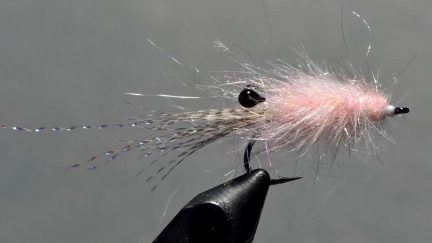



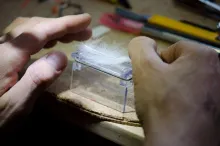

















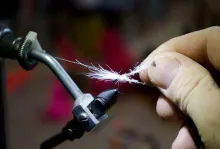






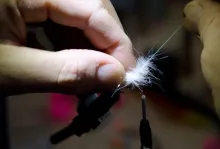



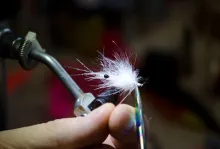








A very useful fly, m
A very useful fly, make it black with red eyes and smile like me when fishing in our streams in the south of Sweden.
gotta love easy flie
gotta love easy flies.....the glitter shrimp is almost the same...even more easy without a dubbing loop...
Cornelis
Love it. Tying my sh
Love it. Tying my shrimp somewhat similar after one I got one from Henning (or was it Paul?) with SLF dubbing and have been catching ever since! Thanks again ;-)
Ted
Nice quick tie. I ha
Nice quick tie. I have my own shrimp (I call it EPKISS :) ) tied with a EP shrimp dub brush, thats an even quicker tie than working with the magic tool. Great for bones and seatrout